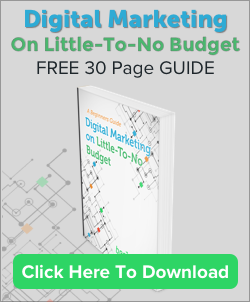Most businesses acknowledge that a website is a critical part of doing business today, regardless of whether you are B2B, B2C or a just a startup. However, far fewer still understand the gravity of what an outdated website costs you. This is because the buying process has radically changed over the last decade. Consider this simple statement from a Pew Research Study conducted in 2010:
58% of Americans search the web before making purchasing decisions
If you’re a B2B company, several different sources report that 85% of B2B customers search the web before making a purchase decision. Let’s even assume that those statistics are somehow overblown and we can still conservatively say that 2/3 of B2B Customers will look for their needs on the web, first, before they ever contact you. Now let this sink in…
In 2015, your website has the best chance of being a prospect’s “first impression” of your company and offerings (assuming you rank in Search).
First impressions are hard to shake once they’re made and can last for years. There is an abundance of research on this fact, but my favorite is a study that found that the NBA players’ careers are determined by where they are taken in the draft, regardless of their on-court performance.
Your website is a 24/7 salesman.
When your potential customers are interacting with that salesman, what are they finding? An outdated website is like sending your salesman to a meeting in a tank-top and shorts. And just like you would expect a client to judge their credibility based on how they dress, 75% of users admit to making judgments about a company’s credibility based on their website design. Furthermore, a website that does not cater to your user's needs and react to their interactions is like a salesman with a canned elevator speech who doesn’t take questions or comments. That is why innovative companies like Hubspot are including Smart Content and Contextual Marketing into their CMS platform to make this more accessible to marketers today.
It can be overwhelming, we know.
Start simple. Make sure your website has the basics down:
- Your website is mobile-friendly (This is no longer an option)
- The site is easy to navigate with clear links and structure
- Every image has a descriptive Alt Tag
- Every page has a Page Title, Meta Description, and one H1 title
- You’re writing original, descriptive content for each of your pages
- You have an XML sitemap
- You are set up on Google Webmaster Tools and Analytics
- You’re on at least one social network, preferably all of them
- And last, but not least… you have a modern, user-friendly design


